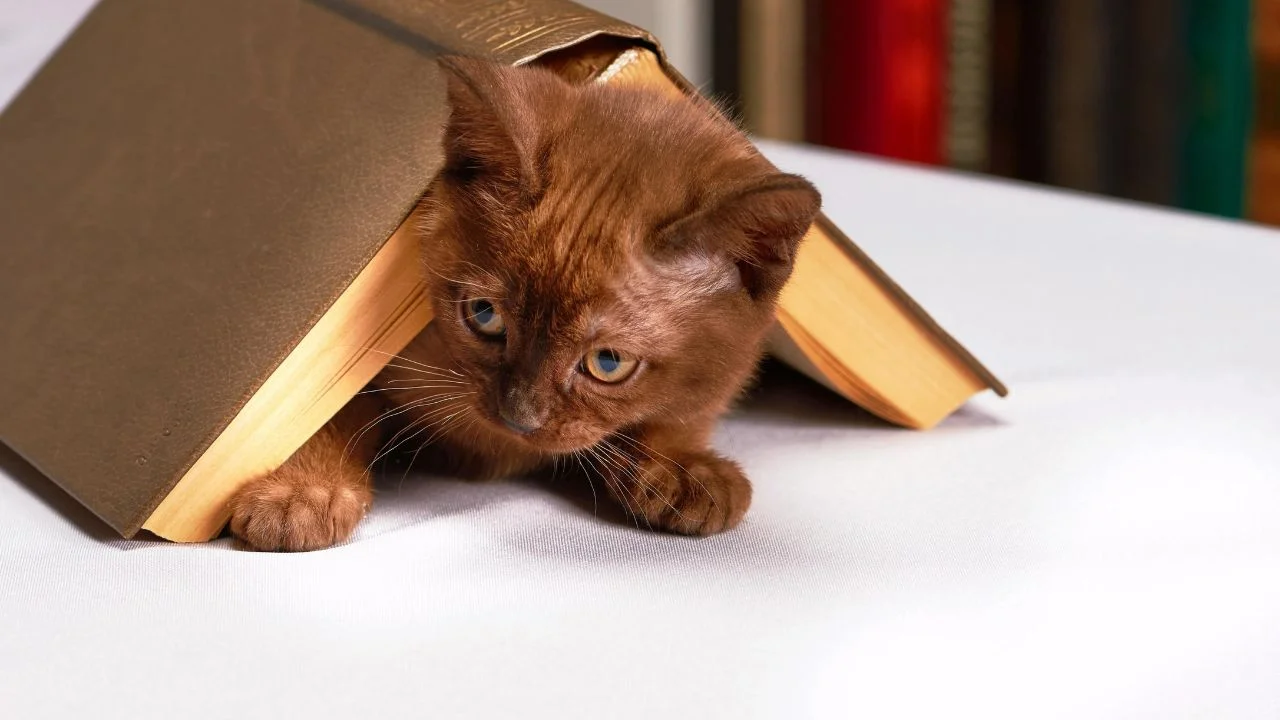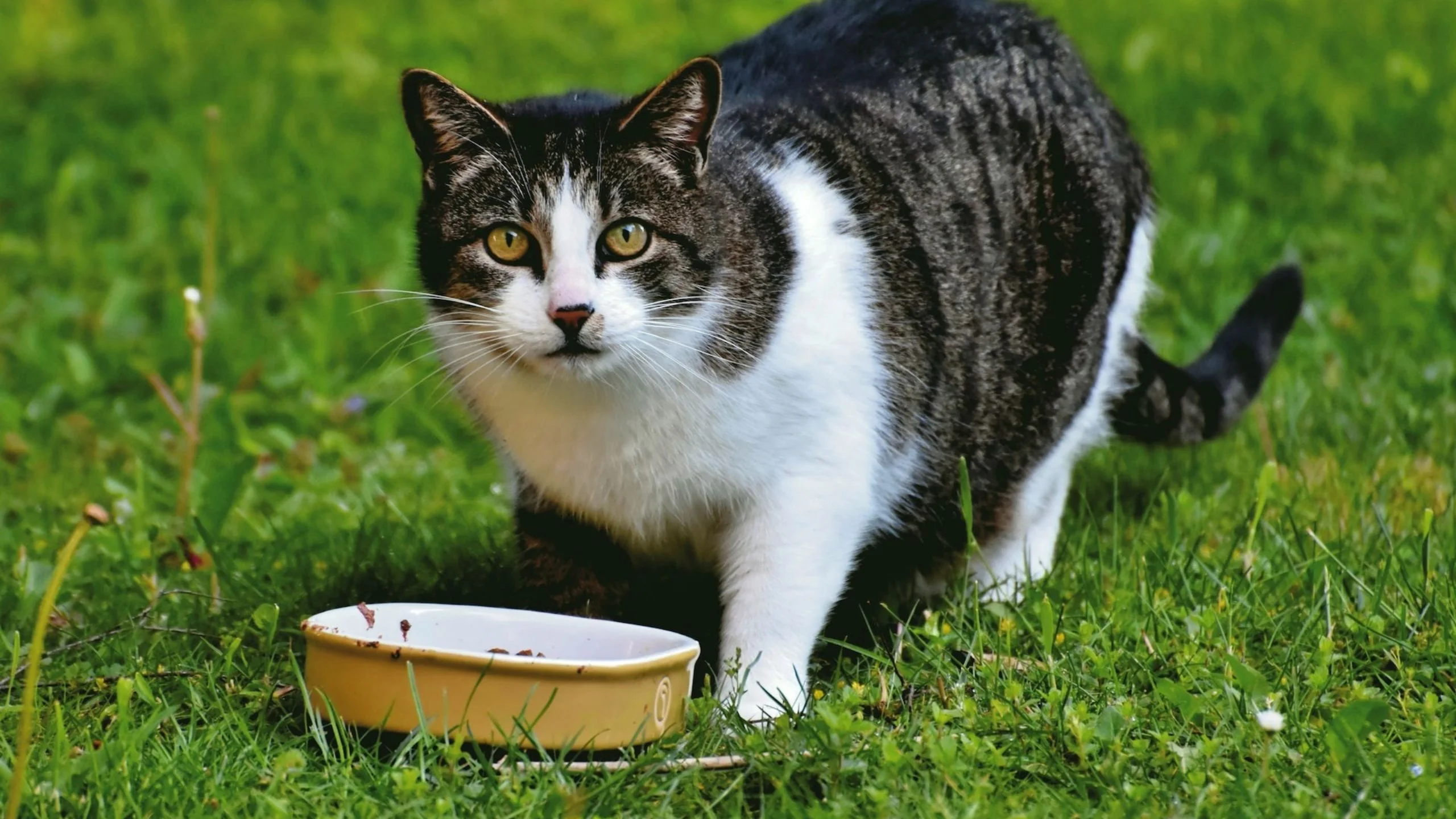
Table of Contents
Whats up, kiddos? Are your moms not letting you get hold of your little pet cat during study times? Ok, could you share this article with them?
Are you a student looking for extra motivation for your studies? Do you have a cat at home, always looking for something to do? If so, why not combine the two and study with your kitty friend? This blog post will explore the many benefits of studying with cats, from companionship to improved focus. Let’s dive in!
The Science Behind Why Cats Help With Studying
Studies have shown that cats can reduce anxiety and stress levels in humans, which can help improve focus and concentration when studying. Cats can also provide comfort and companionship, which can be especially beneficial for those who struggle to focus in a solitary environment. Additionally, cats are known to be sensitive to changes in their environment, making them helpful in providing early warnings of potential distractions or interruptions while studying.
Benefits Of Studying With Your Cat
Having a cat while studying has numerous benefits. Studies have found that the presence of cats can lead to lower stress levels and increased concentration. Additionally, cats can provide comfort and companionship, making studying more enjoyable. Cats also help reduce distractions, as they are sensitive to their environment and can alert you of potential interruptions. Finally, having a cat around can help create a more calming and peaceful atmosphere for studying, allowing you to stay focused on the task.
Preparing Your Environment for Studies with Your Cat
The primary goal should be ensuring a safe, comfortable, and stress-free environment. Providing ample outlets for natural cat behaviours such as scratching and climbing can help reduce stress and keep cats engaged in activities that stimulate their minds. Giving your cat access to resources such as toys, water, food, litter boxes, and hiding spots can also help to keep them content.
Additionally, setting up an area for play and exploration benefits cats and humans. This can involve rearranging furniture to create interesting pathways, providing a variety of toys and objects that your cat can interact with, or even setting up a camera to take pictures of your cat while they explore.
Establishing Boundaries with Your Cat
1. Observe and learn your cat’s body language. Listen to their ears, eyes, and tail to understand their feelings.
2. Respect your cat’s personal space. Let them approach you on their terms, and don’t force physical interaction.
3. Use positive reinforcement when training. Reward your cat with treats or verbal praise whenever they do something correctly.
4. Create a calm study space for your cat. Ensure the area is free from distractions, and provide comfortable seating for them to join you in learning.
5. Play with your cat regularly. This will help them stay physically and mentally stimulated and will strengthen the bond between you two.
6. Spend time with your cat each day. This can be as simple as brushing or talking to them, but it will help them feel loved and secure in your presence.
Don’t
1. Punish or scold your cat when they do something wrong. This will only create fear and stress in your relationship with them.
2. Overstimulate your cat by playing too rough or for too long. Respect their needs for rest, and give them plenty of breaks during playtime to avoid exhaustion.
3. Ignore signs of aggression from your cats, such as hissing or growling, as this could lead to further issues.
4. Force physical interaction with your cat if they don’t seem interested or comfortable. Cats need to trust you before they are willing to open up and become close to you.
5. Allow other people or animals to invade your cat’s personal space without
Keeping Distractions to a Minimum
The main benefit of studying with a pet cat is that they can provide a calming presence and distraction-free atmosphere. This can help students stay focused and reduce stress levels. Additionally, cats provide companionship and comfort, which can be important when studying for long periods. Research has shown that having pets can also increase feelings of contentment and well-being.
Additionally, cats can help improve mental clarity, as their purring can be a calming sound to help reduce anxiety and improve concentration. Having a pet nearby can also encourage regular breaks, helping keep students alert and motivated to continue their studies. Finally, cats can also help keep distractions to a minimum by taking up time that would otherwise be spent on social media or other activities.
Utilizing Interactive Toys With Your Cat
The importance of interactive play and the use of toys with your cat cannot be overstated. Regular interactive playtime helps create a strong bond between you and your pet and provides numerous physical and mental health benefits to cats. Playing with your cat is an excellent way to provide exercise and stimulation, particularly for indoor cats. It can help to keep cats active, reducing the risk of obesity while providing an outlet for their natural hunting instinct.
Interactive cat toys provide an exciting way to engage with your cat, as well as provide vital exercise. Toys such as interactive wand toys or those that move or make noise are ideal for stimulating your cat’s natural hunting instincts and providing exercise. Additionally, these types of toys can encourage mental stimulation, which helps to keep cats stimulated and active. Furthermore, playing with your cat can also be beneficial for socializing kittens; it helps them learn how to interact with humans and other cats. By giving your cat plenty of interactive playtimes, you’ll improve their physical and mental health and strengthen the bond you share with them.
Reading Aloud to Keep Both of You Engaged
Reading aloud to your cat has many benefits. Not only does it help to keep both of you engaged, but it also aids in their development. Cats understand some words and have a better memory when they hear them repeatedly. This can help them better understand your words and make them more comfortable with their environment. They may also become more receptive to commands.
Furthermore, reading aloud can help your cat learn to associate positive emotions with your voice’s sound, making them feel secure and content. Additionally, it can provide your cat with mental stimulation, which will help keep them engaged and active. Finally, it can be an enjoyable bonding experience for you both. So next time you study, why not read aloud to your cat? It may just make your study session more enjoyable for both of you!
FAQs
Can cats help with studying?
According to a new study, dogs and cats relieve academic stress and lift students’ moods.
I am a pet expert dealing with Cats, Dogs, Birds, Rabbits and Aquarium fish for the last 10 years. Now it is time to share my knowledge with you. I am very passionate about sharing everything that I learned so far about pet care. Watch my Youtube channel Petfather






